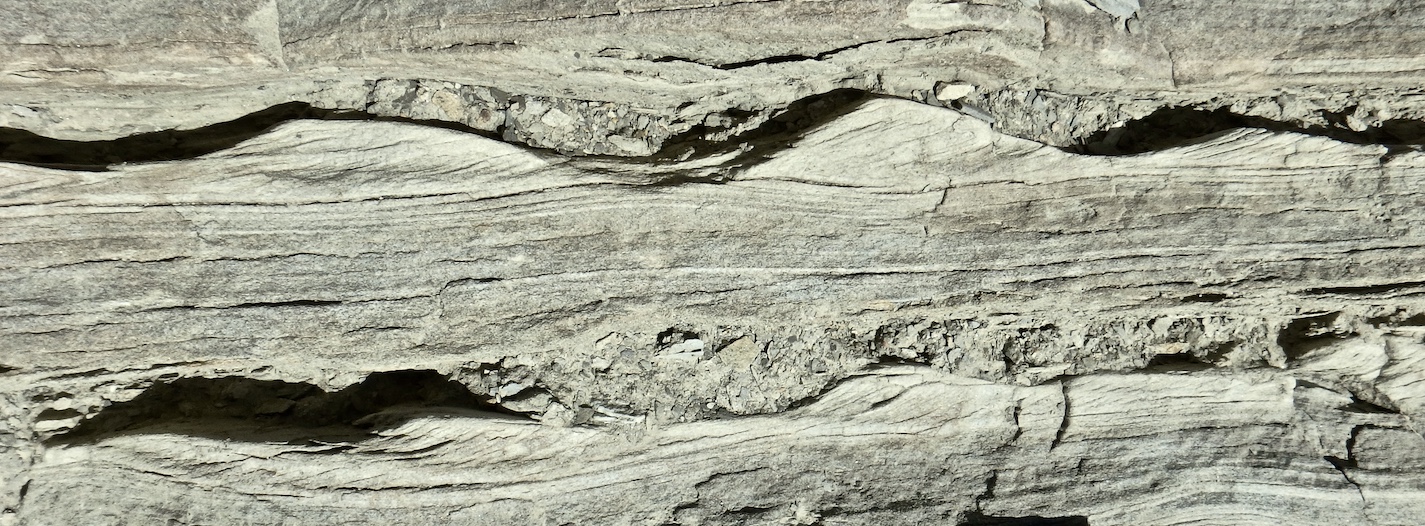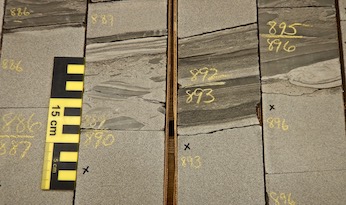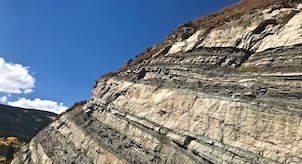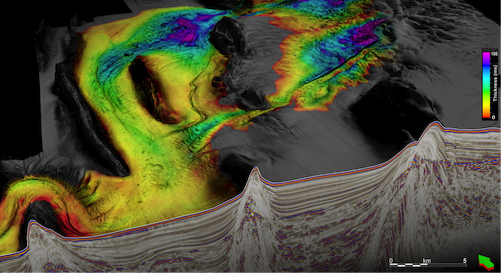
Turbidite Crash Course
Course Details
This course assumes no prior knowledge of deepwater siliciclastic depositional systems and in three-days gives you enough technical know-how to approach any sub-surface dataset anywhere. We understand that with lowered training most cannot get approval for an in-depth 5-day course which motivated us to create this course.
If you are wanting a 5-day classroom-only version of this at your office click here.
By the end of this course participants should be able to interpret channels and lobe-complexes with confidence in seismic data, get familiar with controlling parameters on reservoir distribution and quality, and create more accurate geological cross-sections using well logs.
Who Should Attend
• Geologists
• Geophysicists
• Petrophysicists
• Engineers
This course is meant for all who wish to develop a better understanding of the factors that control reservoir distribution, quality, connectivity and compartmentalization in deepwater systems. The course assumes no prior knowledge and will provide participants with a solid foundation that they can translate into their daily tasks during exploration and development.
Need more information?
Course Outline
Day 1 – Core Workshop
We will begin the morning session with some introductory lectures on the economic importance of deepwater reservoirs and the high-risk-high-reward associated with drilling wells in offshore settings. Lectures will then cover sedimentary processes from mass transport, density underflows associated with deltas, shelf-edge failure, and low-frequency high magnitude events along carbonate margins to the generation and flow transformation associated with sediment gravity flows. Participants will learn to identify hyperpycnites, turbidites, debrites, linked debrites, slurry flows, and more.

Day 2 – Field Day
We will head into the field and will see some of the best examples of hyperpycnites of any deepwater succession. Participants will also get to see laterally migrating deepwater channels, mass transport deposits, and the role they play in creating a topography that influences turbidite sandstone distribution. Participants will be shown several examples of seismic facies and will learn to relate what they see in outcrop with their seismic expression

Day 3 – Seismic Stratigraphy Workshop
This is our seismic stratigraphy workshop day and after a brief lecture on seismic sequence and facies analysis, seismic time slices, horizon slices and stratal slices they will be provided with several lines from across deepwater basins each with greater stratigraphic and structural complexity till they feel confident in their interpretation skills.

This field trip runs during the last week of August every year. The cost of the field trip is $1500 and this includes tuition, course manual and exercise materials, 5 nights hotel stay, breakfasts-lunches-dinners, snacks and drinks in the field, transportation, fuel, and permits. With the current US administration, our clients are finding it more and more difficult and time-consuming to acquire a US visa. if you intend on going on this trip we strongly urge applying for a US visa with our letter of invitation no later than April 2021.


